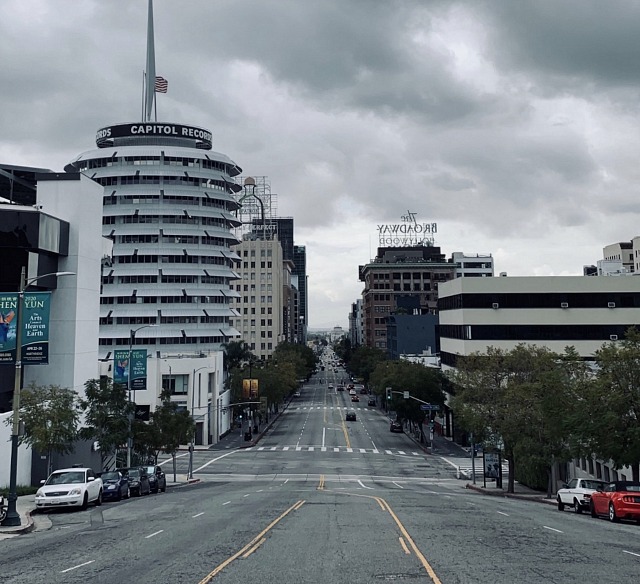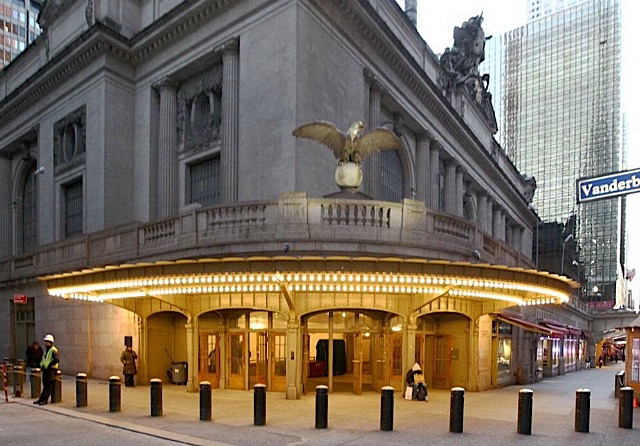Open-air markets in which wild animals were caged and sold for food — otherwise known as “wet” markets — are (or were) primarily a Chinese cultural phenomenon. So while COVID-19 is a bat virus, the unsanitary conditions that allowed for its contagious spread stemmed from the widespread presence and cultural acceptance of wet markets in China.
From “Why ‘Wet Markets’ Persisted In China Despite Disease And Hygiene Concerns“, a 1.22.20 NPR interview. NPR’s Ailsa Chang talks with Zhenzhong Si, postdoctoral fellow at the University of Waterloo, about why China’s “wet markets” remain popular despite public health concerns tied to disease outbreaks.”
.@RichardEngel: "This is a virus that came from the territory of China but came from bats. This is a bat virus, not a China virus. It doesn't speak Chinese. It doesn't target Chinese people. It targets human beings who happen to touch their eyes, nose or mouth." pic.twitter.com/ljQeT7UQam
— MSNBC (@MSNBC) March 18, 2020
Zhenzhong Si: “And you can see from the catalog, they have almost 50 different kinds of species of wild animals being sold. And you can see the price as well. So it’s…”
Chang: “Like what kind of wild animals?”
Zhenzhong Si: “For example, hedgehogs and peacocks and wild rabbits and snakes, deer. Crocodiles as well. Many of these wild animals, they’re not necessarily caught in the wild, right? So they can be farmed animals. They’re just exotic food that’s not very commonly found.”
Chang: “And why are wild animals so popular as a delicacy in China?
Zhenzhong Si: “Eating wild animal is considered a symbol of wealth because they are more rare and expensive. And wild animals is also considered more natural and, thus, nutritious, compared to farmed meat. It’s a belief in traditional Chinese medicine that it can boost the immune system, you know? Of course, some people eat wild animals just because they were driven by curiosity. It’s really difficult to change the mindset of, you know, eating wild animals is better than eating farmed animals. But it’s a common kind of mindset in many parts of China.”


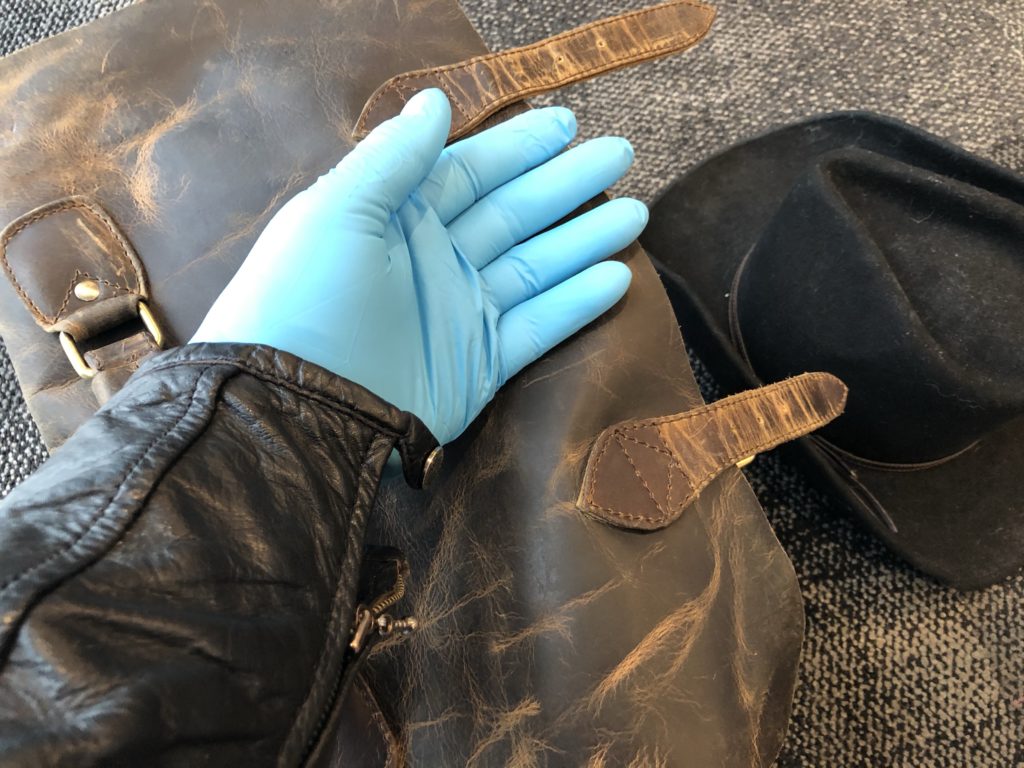

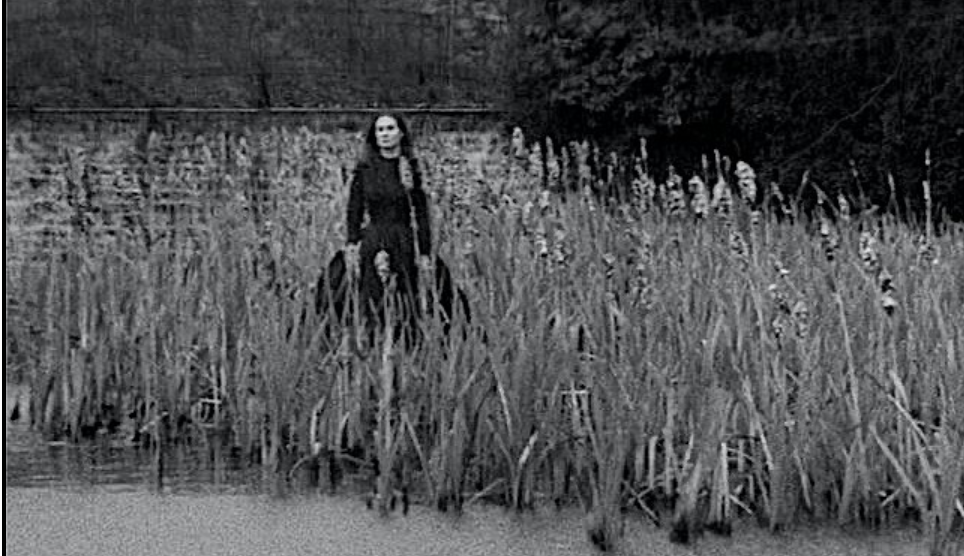
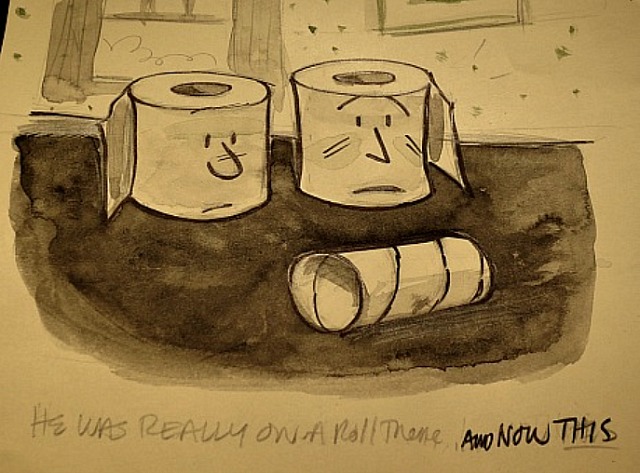
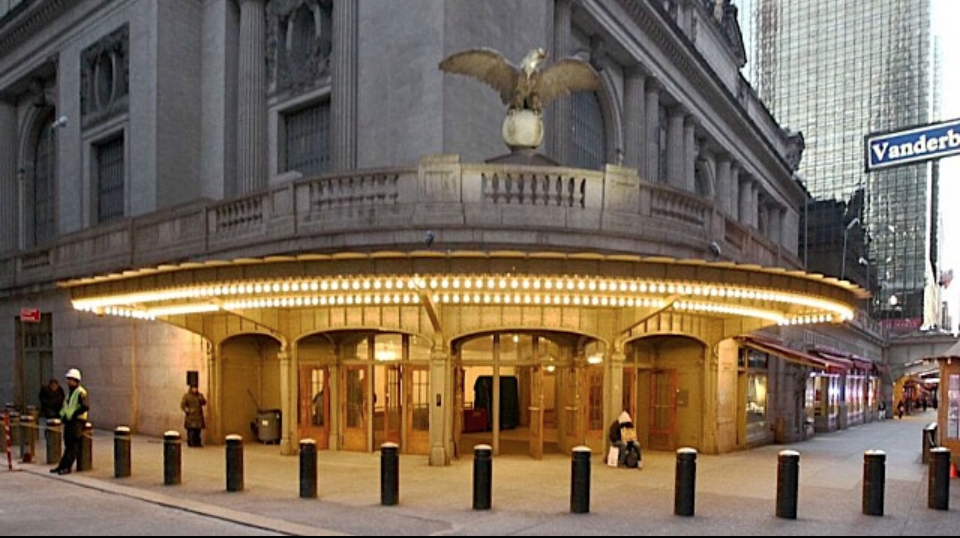
 Periscope view of vacant Russian Hill district in a radioactive San Francisco — an Act Two moment in Stanley Kramer‘s On The Beach (’60).
Periscope view of vacant Russian Hill district in a radioactive San Francisco — an Act Two moment in Stanley Kramer‘s On The Beach (’60).